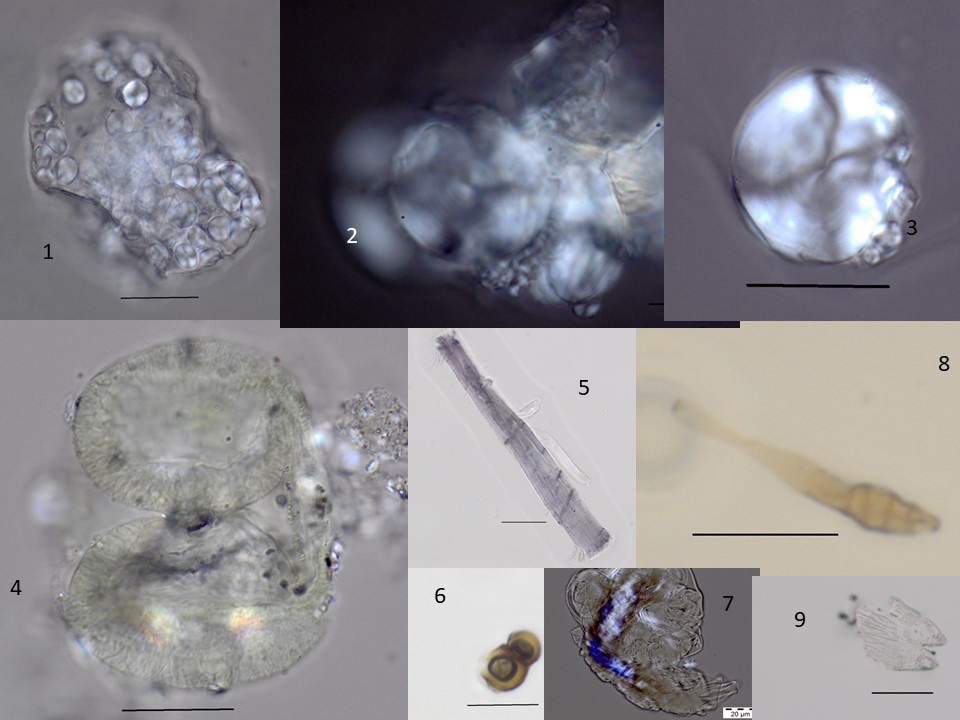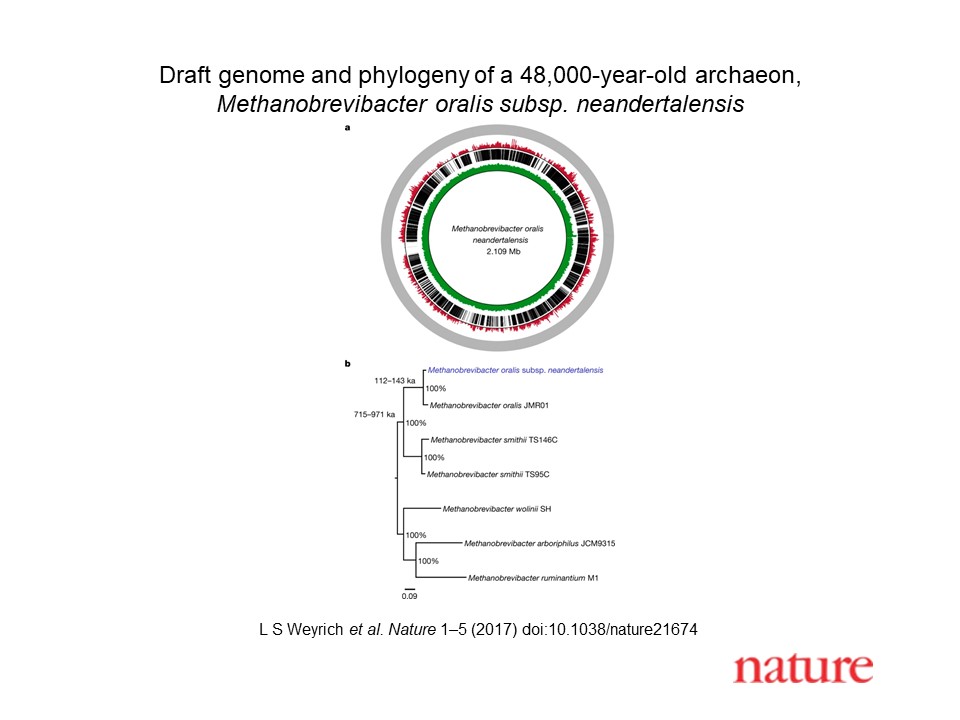Understanding human evolutionary diet and disease is particularly relevant today due to the increase in current diet-related diseases, as our physiology should be optimised to the diet we have experienced in our evolutionary past. Yet obtaining evidence for this is challenging, in particular in relation to plant consumption. One way to access direct information is through extraction of material remains embedded in dental calculus. Samples of dental calculus from a hominin molar from Sima del Elefante, Atapuerca, Spain (Hardy et al., 2017), one of the earliest hominin fragments yet known in Europe 1.2 million years old, were removed, degraded and analysed to recover entrapped remains. These microfossils represent the earliest direct evidence of food eaten in the genus Homo and include fragments of raw animal tissue and uncooked starch granules indicating consumption of a species of grass from the Triticeae or Bromideae tribe. All detected fibres were uncharred, and there was also no evidence showing inhalation of microcharcoal – normally a clear indicator of proximity to fire. Additional biographical details include fragments of non-edible wood found adjacent to an interproximal groove suggesting oral hygiene activities, while plant fibres may be linked to raw material processing. Environmental evidence comprises spores, insect fragments and conifer pollen grains which are consistent with a forested environment. In another study (Weyrich et al, 2017) genetic material was recovered and a wide range of food items, identified. Medicinal plants were also identified from the same individual as Hardy et al., (2012), confirming these interpretations. Oral and intestinal bacteria were also identified from the same individual suggesting a reason for the medication, and an almost complete genome of the archaeal commensal Methanobrevibacter oralis (10.2× depth of coverage)—the oldest draft microbial genome generated to date, at around 48,000 years old, was achieved.
Reference

